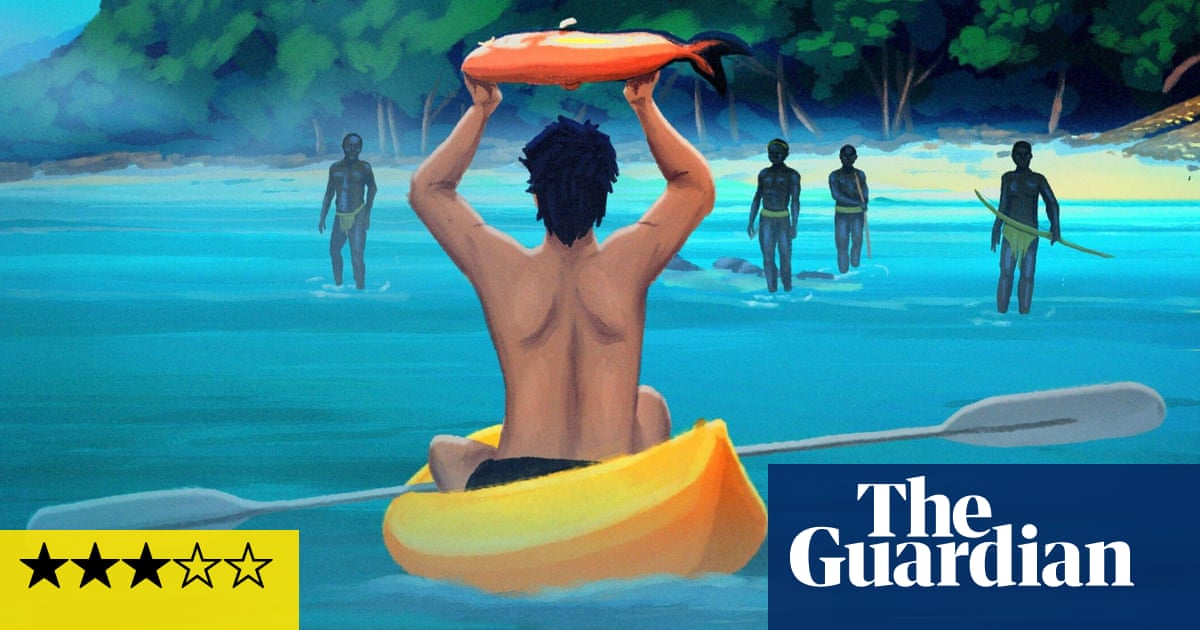
O
The Sentinelese, a group of Indigenous people living on India’s North Sentinel Island, have long stumped anthropologists with their isolation. However, for certain evangelical Christian groups, these tribes are seen as an untapped opportunity for conversion. In 2018, 26-year-old American missionary John Chau attempted to reach out to the Sentinelese with gifts and Bible verses, but was met with a fatal response of arrows. This event gained worldwide attention, sparking various reactions from claims of martyrdom to mocking memes. In their documentary, Amanda McBaine and Jesse Moss delve into the complexities of Chau’s actions and seek to understand the circumstances leading to his tragic death.
Actors will perform selected passages from Chau’s diary and a letter written by his father, shedding light on the motivations behind his journey. Chau’s upbringing in a Christian and evangelical environment also played a significant role, as he was captivated by stories of colonial adventures. His extensive preparation for the ill-fated trip involved learning survival techniques and receiving training in emergency medicine. He even participated in a missionary bootcamp where instructors would simulate interactions with hostile tribes.
Conversations with unsuccessful missionaries and experienced anthropologists demonstrate the uselessness, recklessness, and arrogance of Chau’s mission. The Mission, a documentary produced by National Geographic, even uses the channel’s own archived material to hint at the media’s involvement in perpetuating exotic depictions of indigenous cultures. However, the film also makes similar mistakes. While it effectively fills in the gaps of Chau’s story, the abstract animation depicting his final moments is a repeat of the sensationalized stories of the past and turns a tragedy into a spectacle. In reality, the tragedy is not that mysterious or abstract, but rather rooted in real sociopolitical contexts.
Source: theguardian.com


